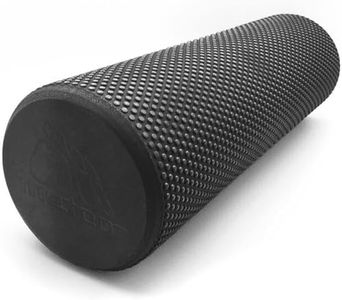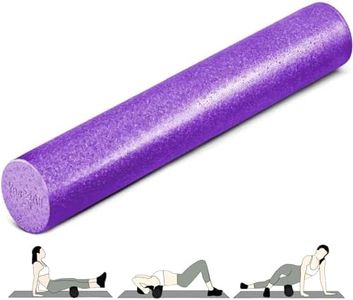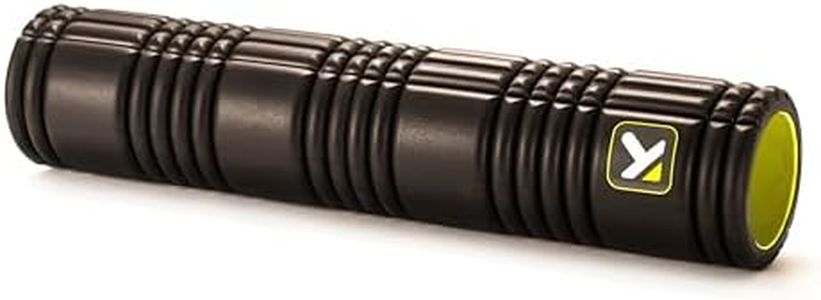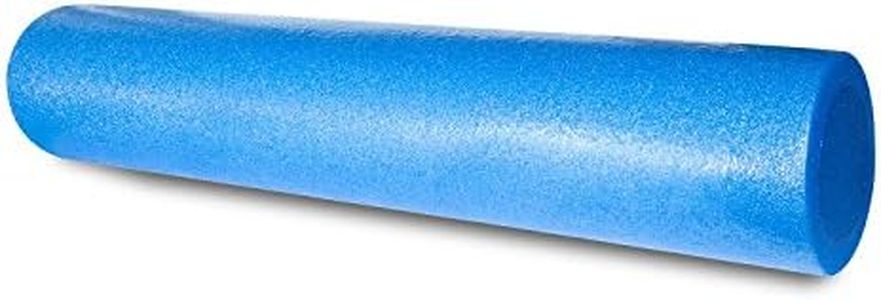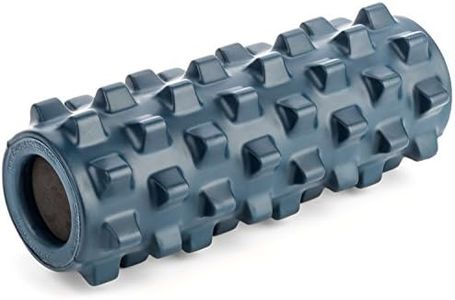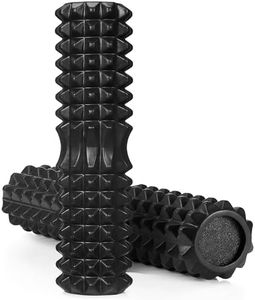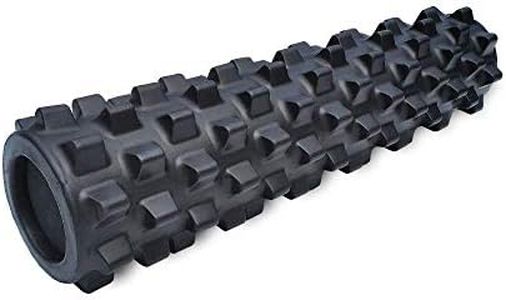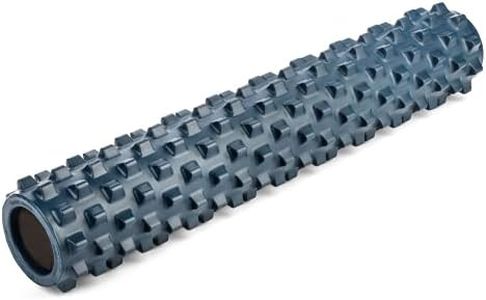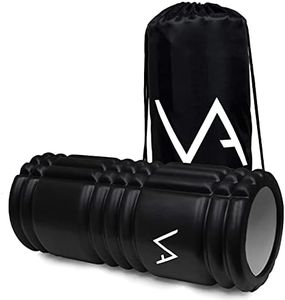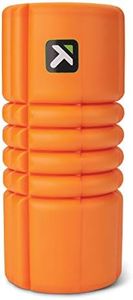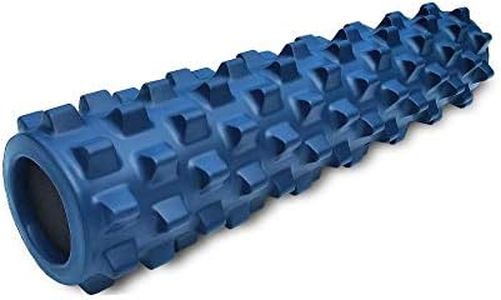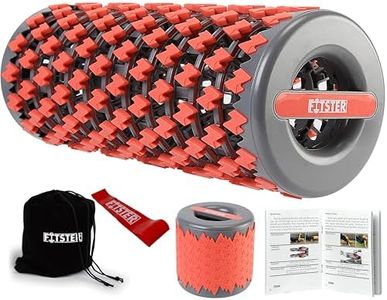We Use CookiesWe use cookies to enhance the security, performance,
functionality and for analytical and promotional activities. By continuing to browse this site you
are agreeing to our privacy policy
10 Best Foam Rollers
From leading brands and best sellers available on the web.By clicking on a link to a third party's website, log data is shared with that third party.
Buying Guide for the Best Foam Rollers
Choosing the right foam roller can make a big difference in your fitness routine, recovery process, and overall comfort. Foam rollers come in various shapes, sizes, and densities, and each option offers a unique experience and benefit. The best foam roller for you depends on your goals, whether it's deep tissue massage, gentle muscle relaxation, or something in between. Understanding the key specifications will help you find a foam roller that fits your needs and maximizes your benefits.DensityDensity refers to how firm or soft the foam roller feels. This is important because it affects the intensity of your rolling sessions. Soft, low-density rollers provide a gentler massage, which is great for beginners or people with sensitive muscles. Medium-density rollers offer a balance of comfort and pressure, suitable for regular users. High-density rollers are the firmest and deliver a deeper, more intense massage, ideal for experienced users who want a strong effect. Your selection should match your comfort level and how intense you want the massage to be; if you are new or easily sore, a softer roller is a good start, while those who need deeper muscle work might prefer a firmer option.
LengthLength determines how much of your body you can work on at once and how versatile the roller is. Long foam rollers, usually around 36 inches, are excellent for full-body rolling, offering stability, especially for exercises like rolling the entire back. Medium-length rollers, about 24 inches, are more portable while still allowing many types of use. Short rollers, 12 to 18 inches, are best for travel or targeting specific areas like arms or calves. If you want more versatility and stability, a longer roller is preferred, but for portability or spot-targeted work, shorter rollers are sufficient.
Surface TextureSurface texture describes whether the roller is smooth or has ridges, bumps, or grids. A smooth roller distributes pressure evenly and delivers a gentler, consistent massage, making it a good choice for those new to foam rolling or with sensitive muscles. Textured rollers have patterns that can target knots or trigger points, providing a more intense, deep-tissue effect. Choose a smooth surface for comfort and general use or a textured roller for focused, deeper muscle work if you are comfortable with that level of pressure.
DiameterDiameter affects the balance and depth of massage. Most foam rollers have a standard diameter of about 6 inches, which lifts you off the ground at a comfortable height for most activities. Smaller diameters, around 4 inches or less, bring you closer to the floor and can provide a more targeted and intense massage, especially useful for smaller muscle groups or for those who want to dig deeper. Choose a standard diameter for general, easy rolling and stability, or a smaller diameter if you are targeting specific areas and want a higher intensity.
MaterialThe material used in a foam roller determines durability, weight, and how the roller feels during use. There are basic foam rollers made of softer, less durable foam, which can wear down over time but are lightweight and inexpensive. More advanced rollers use EVA (ethylene vinyl acetate) or EPP (expanded polypropylene), which are firmer and more durable, suitable for frequent and heavy use. As you consider your needs, think about how often you'll use the roller and whether you prioritize longevity or softness. If daily, heavy-duty use is expected, more durable materials are a better fit.
